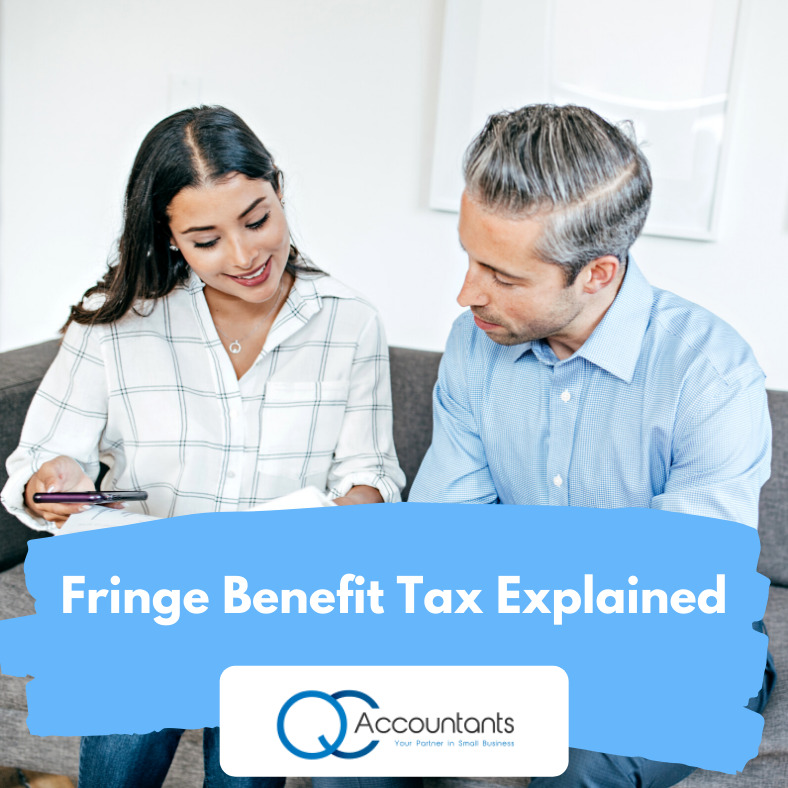In a recent article, we explained how to make your Christmas party Fringe Benefit Tax (FBT)-friendly and avoid some unwelcome surprises. Employers may be confused, or unaware of the scope of FBT, how and when to pay it, and how to reduce it. Knowing the basics of FBT and how you can avoid and reduce it can be a huge money saver for your business.
What is a Fringe Benefit?
A Fringe Benefit refers to anything paid to your employees which does not fall under the categories of salary or wage. A Fringe Benefit can refer to many things including cars, accommodation, entertainment, financial aids (i.e. loans, expense payments and debt waivers). For a full list of fringe benefit examples, see the ATO website.
When do I have to pay Fringe Benefit Tax?
The FBT year runs from April 1 to March 31, and any FBT payments that are due should be made annually by May 21. If this is your first time time paying FBT, or if the amount of FBT you paid in the previous year was under $3,000, then you only need to make one payment for the year. If you paid $3,000 or more in the previous year, then you are required to pay FBT in quarterly instalments for the next FBT year. Payments must be made to the ATO on or before the due date to avoid Failure to Lodge (FTL) penalties.
How do I pay Fringe Benefit Tax?
It is a legal requirement that you keep written records of all Fringe Benefits, and lodge an annual FBT activity statement through the Australian Business Registry Service (ABRS).
Standard Business Reporting (SBR) enabled software including Xero and MYOB must be used to submit your FBT statements. There is a full list of software you can use to lodge your activity statement, however it is recommended to manage your FBT through a registered tax agent to ensure you meet all obligations.
How can I reduce Fringe Benefit Tax?
To reduce FBT, make sure you are well aware of all the benefits which incur FBT and plan your benefits accordingly. FBT can apply to cars, entertainment, loans and accommodation. Your payable FBT can be reduced by:
- providing benefits that are income tax deductible
- using employee contributions
- providing a cash bonus
- providing benefits that are exempt from FBT
The threshold for taxable Fringe Benefits is $2000, so keeping annual benefit value below that will immediately save you the obligation of paying FBT.
Fringe Benefits are a great way to reward your staff in a way that can be much more meaningful and relationship building than a cash bonus. However, it is crucial to keep a close eye on the benefits you provide your employees to ensure you don’t end up hurting your business as a result.
Our expert team knows all about Fringe Benefit Tax in Australia. Get in touch today to make the best decision for your business when it comes to FBT.








